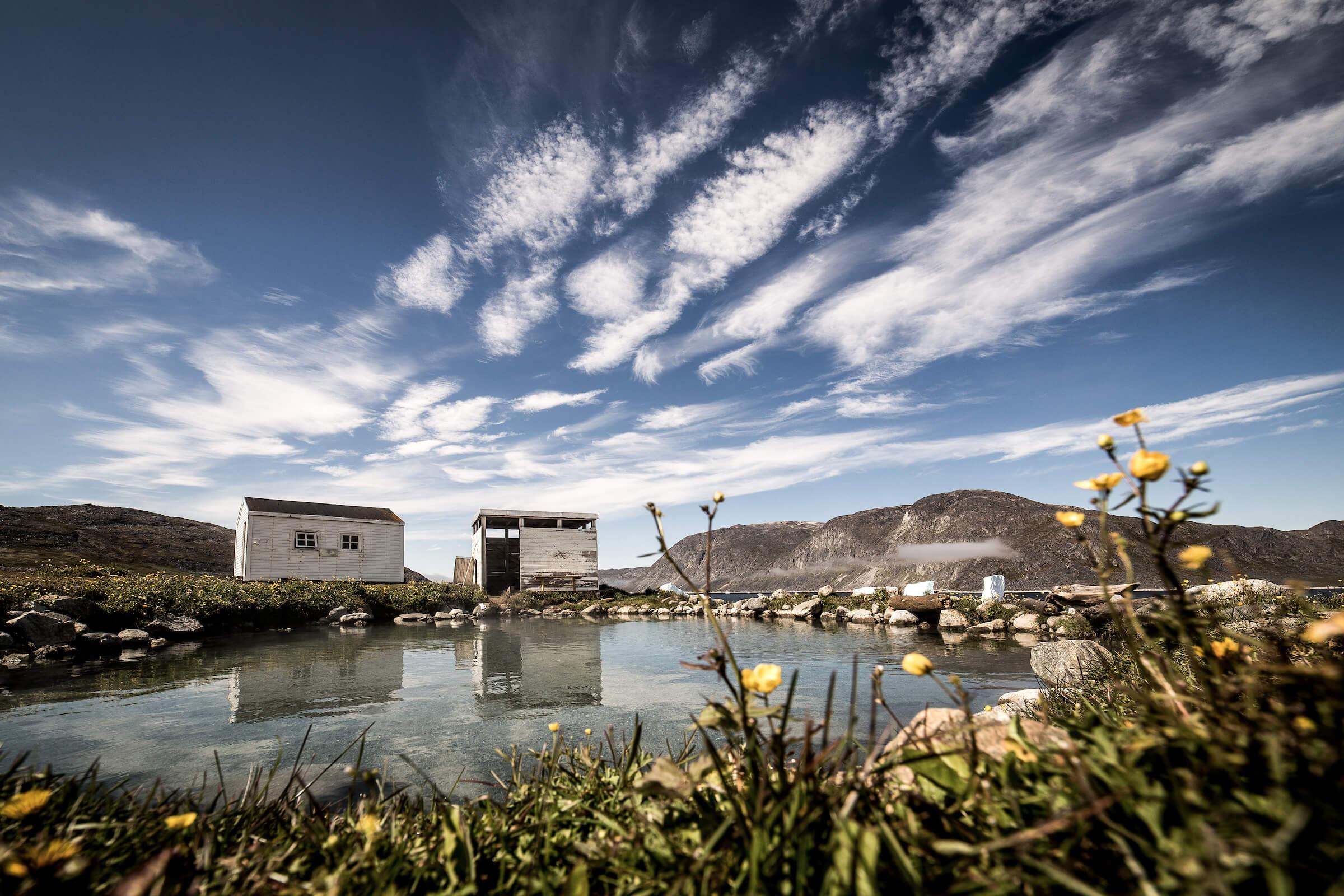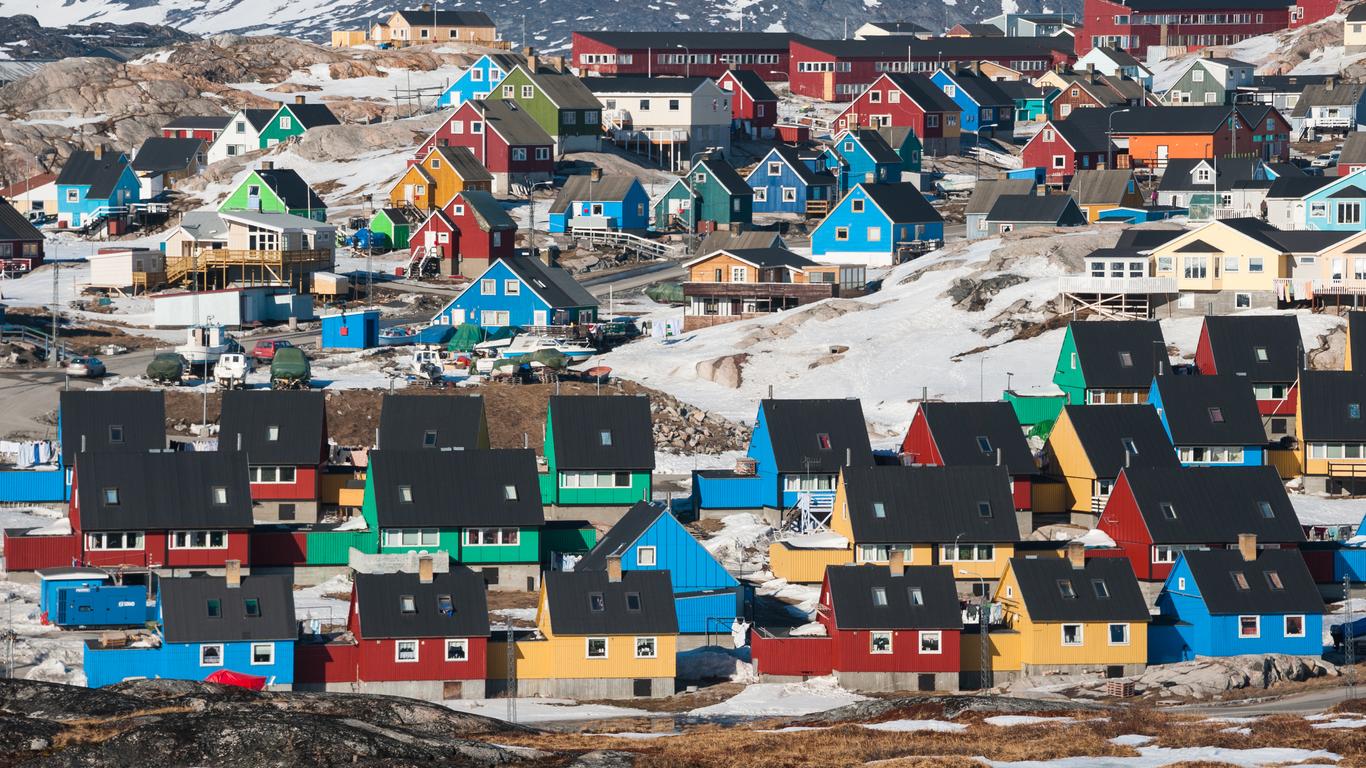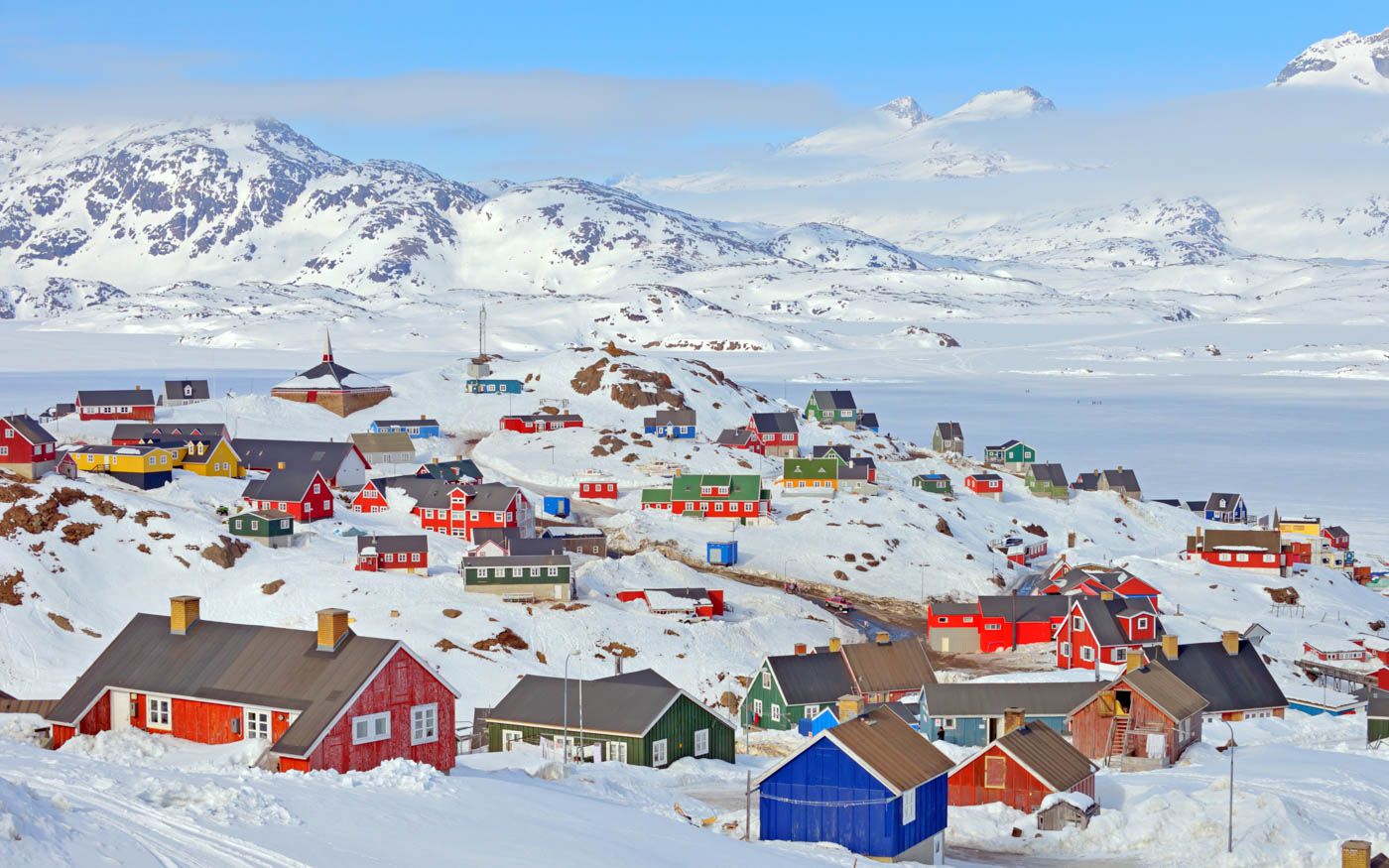Table of Contents
- Greenland - The Official Tourism Site. Find your adventure here ...
- Greenland Travel Guide | Greenland Tourism - KAYAK
- When to visit Greenland - TravelingEast
- Greenland Travel Costs & Prices - Glaciers, Hiking, Dogsleds ...
- Greenland Facts, Culture, Recipes, Language, Government, Eating ...
- Greenland Travel Guide
- OVERVIEW | What’s happening in Greenland? - MTÜ Kriisiuuringute Keskus
- Things to do in Greenland – a wealth of sights and experiences - [Visit ...
- Your Guide to Greenland - guidetogreenland.com - [Visit Greenland!]
- The Top 10 Reasons to Visit Greenland

Located between the Arctic and Atlantic Oceans, Greenland is the world's largest island, boasting a vast and diverse geography that is as fascinating as it is unforgiving. With its unique blend of glaciers, fjords, and rugged terrain, Greenland is a paradise for geologists, adventurers, and anyone interested in exploring the natural wonders of our planet. In this article, we will delve into the geological history of Greenland, its fascinating landscapes, and the importance of maps in understanding this enigmatic island.


A Brief Geographical Overview

Greenland, an autonomous territory within the Kingdom of Denmark, covers an area of approximately 2,166,086 square kilometers (836,330 sq mi), making it the world's largest island, surpassing New Guinea. Its geography is dominated by a massive ice sheet, which covers about 80% of the island. This ice sheet, known as the Greenland Ice Sheet, is the second-largest body of ice in the world, after the Antarctic Ice Sheet, and plays a crucial role in regulating global sea levels.


Geological History
![Your Guide to Greenland - guidetogreenland.com - [Visit Greenland!]](https://visitgreenland.com/wp-content/uploads/2017/12/071217_1-1400x933.jpg)
Greenland's geological history is complex and dates back over 2.5 billion years. The island has undergone numerous transformations, from being part of the supercontinent of Pangaea to its current isolated position. The island's geology is characterized by Precambrian rocks, which form the foundation of the island, overlaid by younger Paleozoic and Mesozoic sediments. The Caledonian orogeny, a significant mountain-building event, has also left its mark on Greenland's landscape, creating a series of fold mountains.
:max_bytes(150000):strip_icc()/aappilattoq-1088260714-8f3d01397d2f47b3b43c7506631c8e19.jpg)

Maps of Greenland
Maps have been instrumental in understanding Greenland's vast and often inhospitable terrain. From early explorers to modern-day researchers, maps have played a crucial role in navigating, studying, and preserving the island's unique landscapes. The Geology.com website offers a range of maps and resources that provide insights into Greenland's geology, including detailed topographic maps, geological maps, and satellite imagery. These resources are invaluable for scientists, researchers, and adventurers alike, offering a window into the island's geological history and its diverse landscapes.

Exploring Greenland's Landscapes
Greenland's landscapes are as varied as they are breathtaking. The ice sheet, which covers most of the island, is punctuated by nunataks, rocky peaks that protrude through the ice like giant sentinels. The coastline is marked by fjords, glaciers, and icebergs, which are constantly changing due to climate change. The northern part of the island is home to the Qaanaaq Ice Cap, while the southern tip is characterized by a more temperate climate and lush vegetation.
In conclusion, Greenland is a geological marvel, offering insights into the Earth's history and its diverse landscapes. Through maps and geological research, we can gain a deeper understanding of this enigmatic island and its role in the global ecosystem. Whether you are a geologist, adventurer, or simply someone fascinated by the natural world, Greenland is a destination that promises to inspire and awe.
For more information on Greenland's geology and to explore its fascinating landscapes, visit Geology.com, your premier online resource for all things geology.
